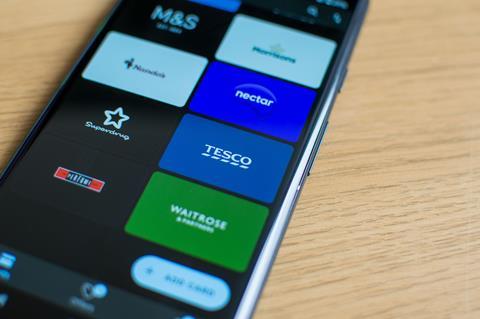
Shoppers have given loyalty prices a ringing endorsement, exclusive research commissioned by The Grocer reveals.
The instant discounts available with some loyalty card membership schemes are now more than twice as popular as the nearest loyalty card benefit, with the majority (54%) of shoppers saying it was now the important quality they looked for in a loyalty card, the survey found.
The Grocer’s survey, conducted by Toluna & Harris Interactive, canvassed 1,079 main household grocery shoppers on a wide range of issues relating to loyalty card ownership, including shopper attitudes towards value and fairness, as well as data privacy and the digital divide.
WATCH MORE: How grocery can use data to win shoppers’ loyalty.
Read more:
It was prompted in part by an investigation by the Competition & Markets Authority, which kicked off in January, into the growing use of exclusive loyalty pricing offers by leading retailers. But it was also inspired by the impact of loyalty pricing on the Grocer 33, with the discounts increasingly enabling retailers to undercut rivals.
The move to offer exclusive deals to loyalty card members was first pioneered in the UK by Tesco, which introduced ‘Clubcard Prices’ during the pandemic.
The mechanic, now available on over 8,000 lines every week, has helped to revive use of Tesco’s loyalty card, with membership rising from 14 million to more than 21 million, and usage increasing from 67% to over 80%, it claims. And having initially limited its use to large stores and online it extended Clubcard Prices to Express stores a year later.
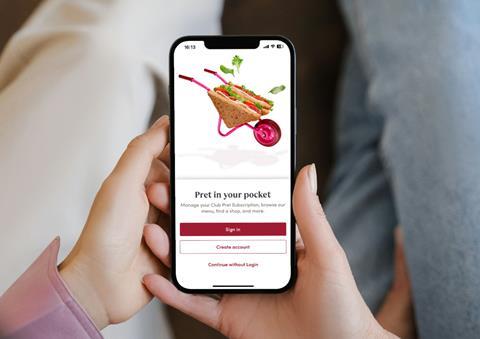
A host of diverse retailers have introduced loyalty pricing in one shape or another, including Pret a Manger’s highly successful coffee subscription service and schemes from Superdrug and Holland & Barrett.
More significantly, Sainsbury’s became the second supermarket behind Tesco to launch exclusive pricing for its Nectar card holders last April, rapidly scaling up the offers to over 6,000 products.
In January, The Co-op also announced an overhaul of its loyalty scheme to focus exclusively on member pricing, and Morrisons recently upgraded its More loyalty scheme to include exclusive prices.
But the CMA has vowed to investigate loyalty pricing, identifying three areas of concern:
- Whether any aspects of loyalty pricing could mislead shoppers, including whether the loyalty price is a genuine promotion or as good a deal as presented.
- Whether any groups of shoppers are disadvantaged by this type of promotional activity.
- Whether loyalty pricing is affecting consumer behaviour, and whether this has an impact on how supermarkets compete with each other.
The Grocer’s research suggests that shoppers not only value the discounts; the vast majority think they’re more competitive than regular promotions from other supermarkets.
Over three quarters of shoppers (76%) felt the offers were either always, often or occasionally better than promotions from rival supermarkets.
The research also found that only a small minority (16%) think loyalty pricing was unfair. And with smartphones making it easy for shoppers to download multiple apps (and not forget them), only 6% of shoppers did not own a loyalty card, with only six respondents citing privacy and data concerns as the basis for not owning one.
Read more:
-
Sainsbury’s first to record loyalty win in Grocer 33
-
Tesco Solihull: Grocer 33 store of the week
-
Tesco Solihull offers rare full basket on busy Sunday
Based on the survey results, The Grocer has taken the decision to use loyalty pricing to help rank the cheapest supermarket in its weekly Grocer 33 price comparison surveys.
The near universal ownership of loyalty cards, the ease of accessing them through mobile phone apps and the sheer popularity of the pricing meant The Grocer could no longer ignore loyalty pricing, said editor-in-chief Adam Leyland.
“There is a supermarket price war going on that is driving down inflation,” he said.
“And what’s driving it down is loyalty pricing. The deals are winning the hearts and minds – and wallets – of shoppers, enabling them to dial out of inflation, and are only too happy to share their data in return.”







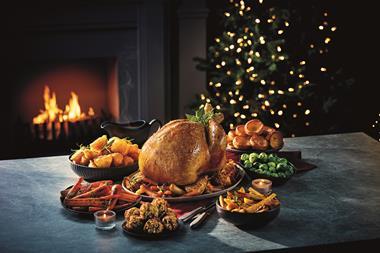
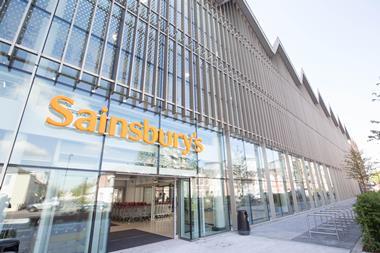
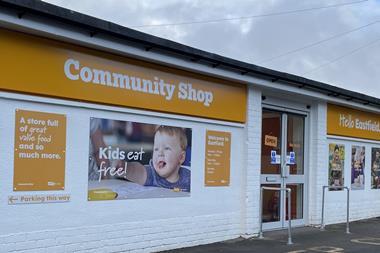



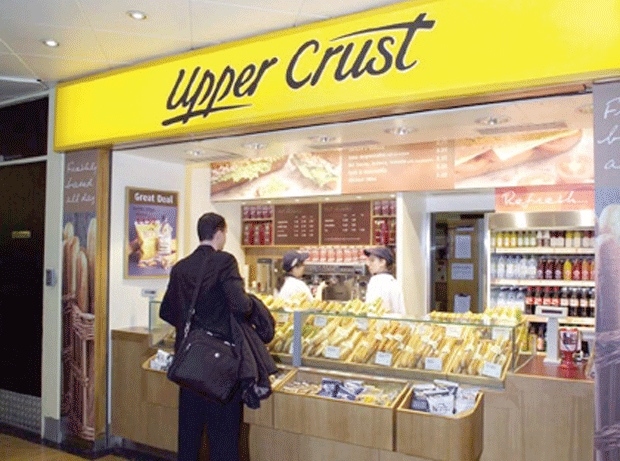



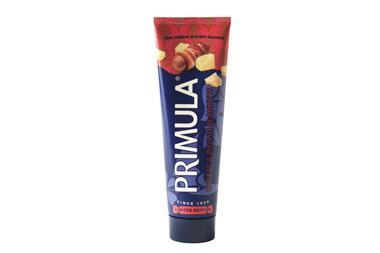

No comments yet